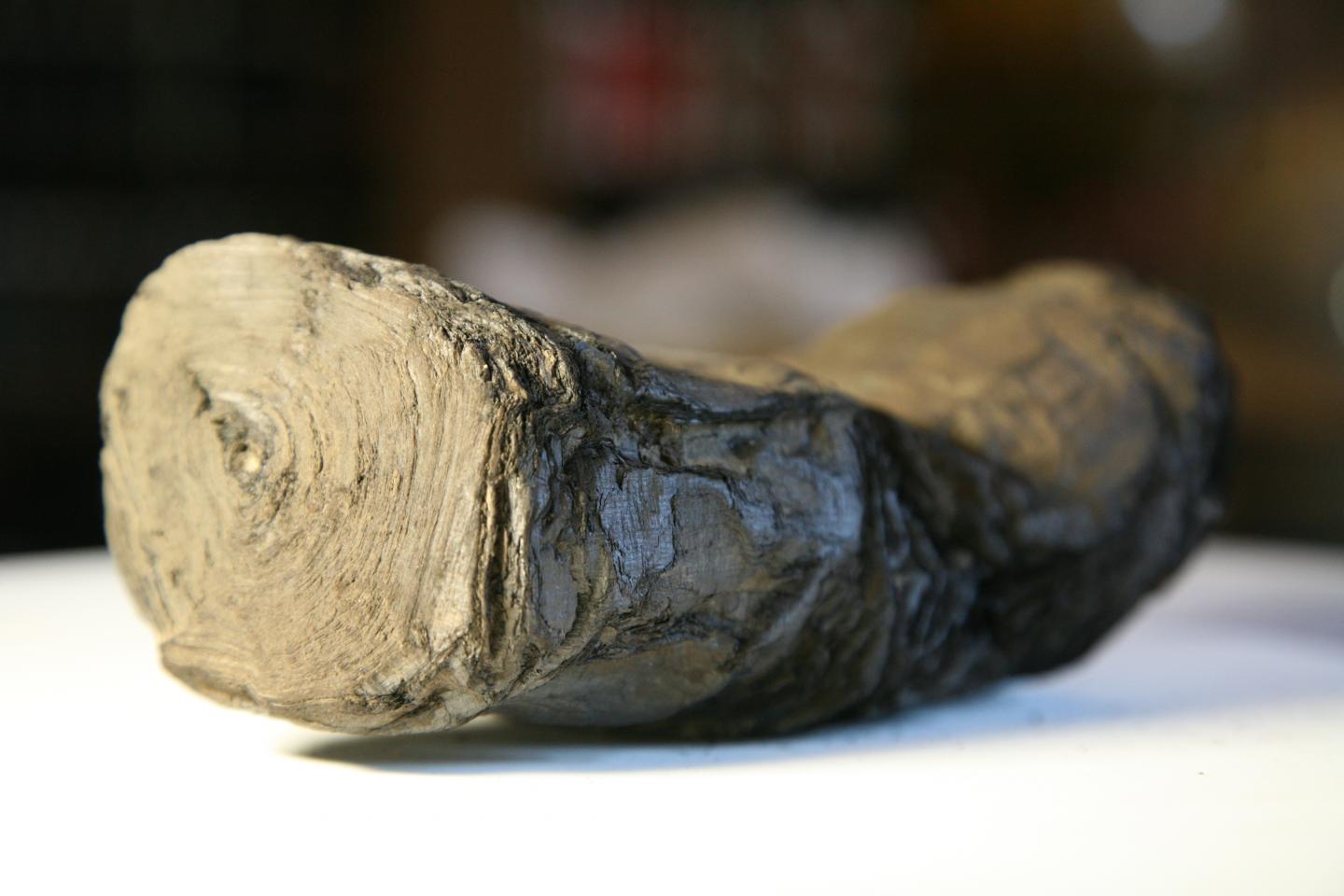
AI Revives 2,000-Year-Old Roman Scroll Burned in Mount Vesuvius Eruption
www.discovermagazine.com
A 2,000-year-old Roman scroll, scorched beyond repair, has miraculously been unfurled with the help of X-ray scanning and artificial intelligence. The scroll, named PHerc. 172, is one piece to a larger puzzle for years, researchers have pursued restoration of the Herculaneum papyri, a series of over 1,800 scrolls burned and carbonized during the eruption of Mount Vesuvius in 79 A.D.PHerc. 172 is the latest remnant of the extensive papyri collection to be digitally opened, reviving lost history in the modern age. Scientists at the University of Oxford where three Herculaneum scrolls (including PHerc. 172) are housed at the universitys Bodleian Libraries recreated an image of the charred scroll and reveal columns of the original text. They now have their sights set on translation as they seek to comprehend writing that has been unseen for centuries.The Loss of an Ancient LibraryBefore Mount Vesuvius demolished the Roman town of Herculaneum in 79 A.D., a massive collection of scrolls sat in what is known today as the Villa of the Papyri. Back in the day, the villa would have been a must-see destination; in addition to the library of papyri scrolls, it boasted extravagant works of art, from frescoes to marble sculptures.When Mount Vesuvius erupted, the librarys scrolls were carbonized into charcoal but were also buried and preserved under layers of rock. As many of the scrolls were excavated over the years, efforts to mechanically unroll them failed, often causing further damage.Rise to the ChallengeX-ray and AI technology eventually emerged as non-invasive tools that could pave the way for digital restoration. Dr. Brent Seales, a professor of computer science at the University of Kentucky, led the charge to adopt these methods. In 2023, Seales launched the ambitious Vesuvius Challenge alongside entrepreneurs Nat Friedman and Daniel Gross, inviting scientists to take a crack at recovering sections of the Herculaneum scrolls.The Oxford scroll reflects a major breakthrough in the challenge, made possible due to the unique chemical composition of the scrolls ink. Scientists think the ink may contain a denser contaminant (potentially lead) that allows the text to be more legible than other Herculaneum scrolls when subjected to X-ray scans.An image of the scroll was created by X-ray scans at the Diamond Light Source, the U.K.s national synchrotron science facility synchrotron refers to a type of circular particle accelerator that can produce extremely bright beams of light, giving a non-invasive view of the scrolls contents. From here, scientists used AI to trace the scrolls ink and unravel the letters that were written.Translating the ScrollsSince the AI did not have a complete understanding of language and the specific characters within the scroll, its up to scientists to translate the revealed lines themselves. This effort has already yielded one word: an Ancient Greek word that means disgust, appearing twice in different columns of text.In 2023, a word from a separate Herculaneum scroll was deciphered from letters found by Luke Farritor, a student at the University of Nebraska-Lincoln at the time. The word, experts concluded, was the Ancient Greek word for purple. Together, Farritor, Egyptian student Youssef Nader, and Swiss student Julian Schilliger won the 2023 Vesuvius Challenge grand prize of $700,000 for revealing 15 partial columns of text in a scroll owned by the Institut de France. The scroll is believed to contain philosophical text related to the Epicurean school of philosophy.The Vesuvius Challenge is set to move forward at full steam. Scientists involved with the project are determined to improve the technology that will allow them to scan more scrolls and map their surfaces (in a process called segmentation). Looking to the future, the leaders of the challenge ultimately hope to inspire further excavation at the Villa of the Papyri, as experts believe secrets of the library are still waiting to be unearthed. Article SourcesOur writers at Discovermagazine.com use peer-reviewed studies and high-quality sources for our articles, and our editors review for scientific accuracy and editorial standards. Review the sources used below for this article:Getty. Buried by VesuviusDiamond Light Source. Uncovering ancient text from the Oxford Herculaneum scrollJack Knudson is an assistant editor at Discover with a strong interest in environmental science and history. Before joining Discover in 2023, he studied journalism at the Scripps College of Communication at Ohio University and previously interned at Recycling Today magazine.
0 Yorumlar
·0 hisse senetleri
·59 Views


